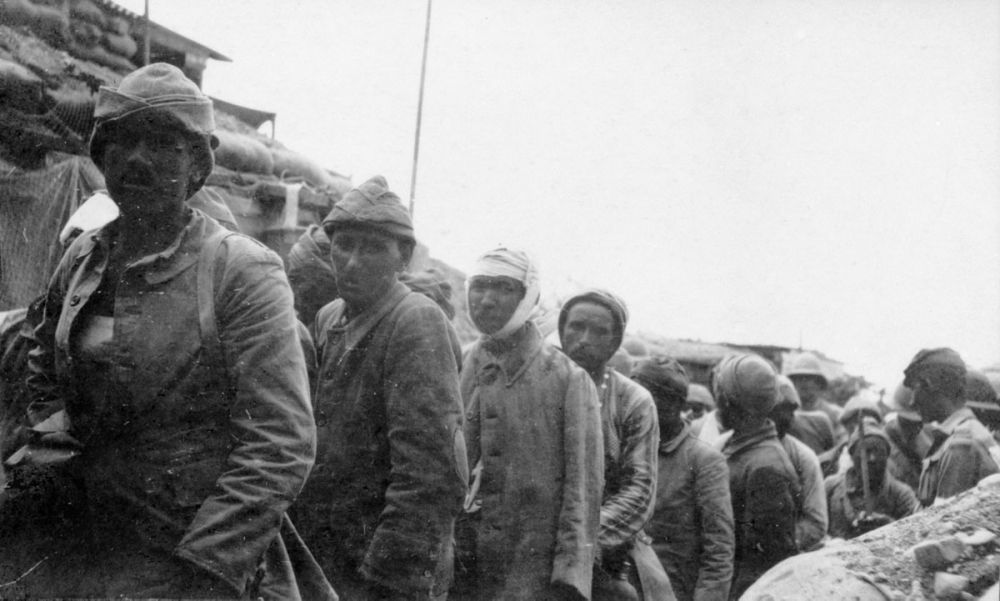Bigali
This is the house which Mustafa Kemal used as his Ottoman headquarters. He actually shared the house with the man who was the administrative head of the village, and his family. This was probably the most suitable house for headquarters in the village as it a two-storied stone house.
There was enough room for military staff, an office for Mustafa Kemal, as well as for the family who lived here. Kemal would occasionally come here for a rest when the campaign fighting was not too fierce. This is a typical Ottoman residence. It is a stone house with a garden, and was built to last for two or three hundred years.
This house, now a museum, was renovated in the 1970s. There are some photographs inside that relate to the Gallipoli campaign. In the garden are some photos and drawings showing the landing at Anzac Cove, and some of Atatürk’s personal photos.
The garden is a typical Turkish garden with mulberry bushes, and pomegranate, plum, and almond trees, and a well. There is a huge storage jar, which would usually be used for olive oil. This is a beautiful place for a busy and important officer of the Ottoman army to come to and have a rest. People in the village said that in 1915, though some stray shells hit this ground, it was not heavily bombarded.
The village of Bigali is where the reserve division under Mustafa Kemal, was based. It was deliberately located right in the middle of the peninsula so it was close to both Gaba Tepe and Cape Helles and the soldiers could be easily shipped north to the neck area at Bolyair. Bigali is also very close to Khilia and Eceabat, which were the harbours from where troops would be shipped to the Asian side of Turkey in the event of battles occurring there.
Another Ottoman reserve regiment was located at Maltepe, which was the Anzac’s final objective. Another regiment was located on the road to Constantinople, now Istanbul – near the Dardanelles.
The men lived in tents. When the Allies flew a reconnaissance to see how many men were in reserve, they simply counted the tents then multiplied the number by nine, as there were nine soldiers to a tent. The number they came up with was 12,000 men.
Not much has changed in Bigali since 1915. The stone houses here have been recently renovated but the very old minaret remains. Recently there was an earthquake registering 6.5 on the Richter scale, but the minaret was undamaged, unlike others. Maybe the stone masons who built this strong minaret were more skilful than those who built the ones that fell down.
General von Sanders the German commander of the Ottoman 5th Army had his headquarters on the slopes of a nearby hill. Von Sanders is often pictured in history books standing in an area covered by trees and camouflage, which would have been taken in this area.
A 15-inch shell fired from the Queen Elizabeth landed here but it didn’t explode. It was taken to Constantinople and put in the town square to show locals what the English ships were firing at us at Gallipoli.
According to locals, once when Kemal came to Bigali, he called village goatherds and hunters to come and see him. They didn’t understand why they were summoned, but Kemal’s objective was to learn more about the local terrain, which could help him with his military strategy. There were many animals, especially goats, in this area, and it was only covered with low scrub. Today, it’s a national park, so a lot of trees have grown.
Before 1915, the lifestyle in Bigali was quiet. People only worked on their farms for three months then there was nine months of no work.












